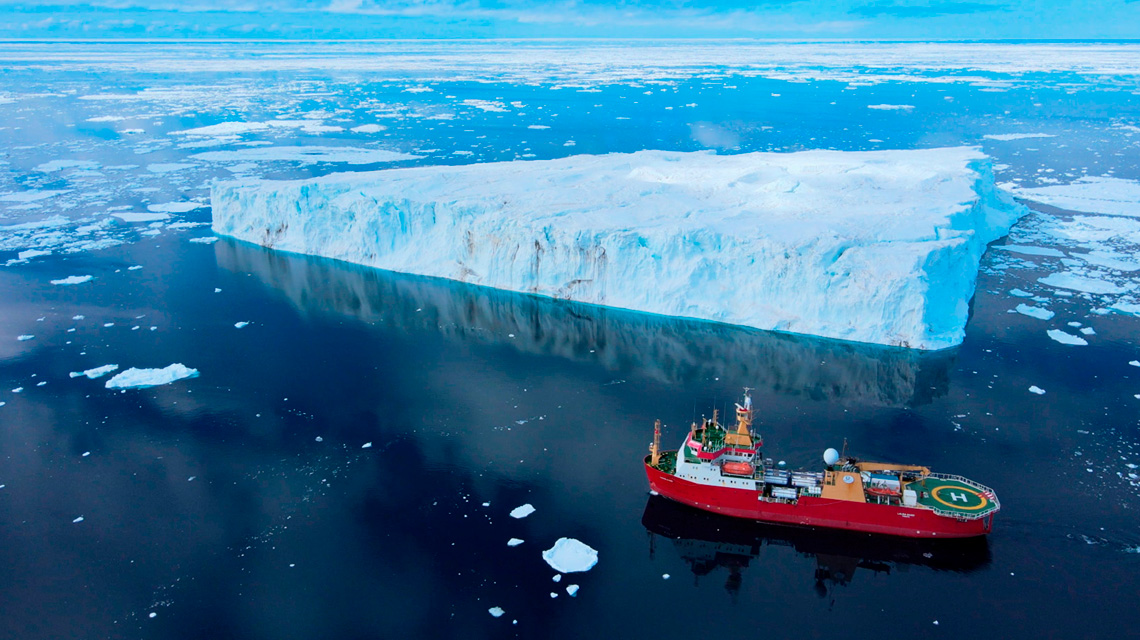Italian National Agency for New Technologies, Energy and Sustainable Economic Development

Antarctica: Oceanographic campaign of icebreaker Laura Bassi is underway
The Italian icebreaker Laura Bassi is navigating the Antarctic waters where the oceanographic campaign of the 38th PNRA expedition, funded by the Ministry of University and Research (MUR) and managed by ENEA for logistics and the Cnr for scientific planning, is underway[1].
This year, two oceanographic campaigns will take place over two months in the Ross Sea on board the Laura Bassi of the National Institute of Oceanography and Experimental Geophysics (OGS). 28 researchers will take turns to conduct 8 projects funded by the PNRA and additional activities in collaboration with the Hydrographic Institute of the Navy. Expedition leader Riccardo Scipinotti of ENEA will be on board the ship for the entire period.
Laura Bassi's journey began last November 17, when it set sail from Italy heading to New Zealand, embarking on a navigation of about 40 days not without unforeseen events, including a rescue of 94 migrants adrift in the Ionian Sea off the coast of Greece. At the end of December the icebreaker reached the port of Lyttelton in New Zealand to embark scientific personnel and load material and fuel for the Italian base Mario Zucchelli (MZS): more precisely 18 containers, fuel, a fire fighting vehicle of the Fire Department, 34 PNRA technicians and researchers and 24 members of the ship's crew. It left New Zealand on January 5 to sail to Antarctica.
The expedition in the Southern Hemisphere foresees a single personnel rotation between New Zealand and Antarctica this year. The activities were grouped -according to area and type of research - in two oceanographic campaigns of equal duration linked by the MZS station, due to the desire to maximize the amount of scientific activity and optimize fuel consumption.
During the first oceanographic campaign, ending at the beginning of February, seven of the eight projects will be implemented including: launch and recovery of buoys (floating and drifters) to study marine circulation; recovery and launch of moorings, i.e. measurement systems anchored to the sea bed used to study physical and chemical characteristics of the water column; coring, using multicorer or box corer and coring for the geological study of the seabed. In addition, scientific fishing activities and biological and chemical-physical laboratory investigations will be conducted. A specific activity will also be carried out to map unmapped areas of the seabed.
In early February the ship is expected to reach the MZS station where it will unload materials and fuel, load the containers to be brought back to New Zealand and Italy and carry out the crew rotation, embarking the researchers participating in the second oceanographic campaign until the end of February. The return to the port of Lyttelton in New Zealand is scheduled for early March, after about 6 days of navigation, while the one to Italy in the second half of April.
On the website myway.enea.it, developed by Stefano Ferriani at ENEA, it’s possible to track the vessel's journey in real time on a georeferenced map providing all information on navigation and ice conditions.
